Identifying an adult or baby stink bug is quite easy once you understand how it looks like in terms of size, color and shape. Herein find how these insects appear including pictures of their eggs, nests and poop . Also, learn more about similar bugs that are often mistaken for stink bugs.
Table of Contents
What does a stink bug look like?
Taking a look at its shape, stink bugs have a shape similar to the earth’s body, almost what you would call oval
However, this is not as astounding as its triangular shaped body, what an entomologist would refer to as a ‘triangular scutellum’.
The color of a stink bug depends on its genus and species. However, the most common color you will encounter will range from brown to green with some tinge of red, black, white or orange in some rare stink bugs.
Take for instance, the edible stink bugs, eaten in Southern Africa are light green-yellow while the marmorated stink bug is brown. Here are some of the most common stink bugs with their variation in color:
- The Brown Marmorated Stink Bug has shades of brown with an incorporation of some brighter colors especially on its antennae. You can easily differentiate a this stink bug from its colleagues through the dark colored lower wings.
- In Southern Green Stink Bug, you will find a dominating green that helps it camouflage within the green plants. It also may have an orange ‘tie’ around its neck between the head and the thorax. They also have black spotted on the abdomen.
- The Harlequin Stink Bug is red dotted with some black on its body.
- The Rice Stink Bug is known for its having a golden brown color. This makes it one of the easiest stink bugs to recognize.
Stink Bug Pictures
Following photos/images of both adult and baby stink bugs, eggs, poop and nests
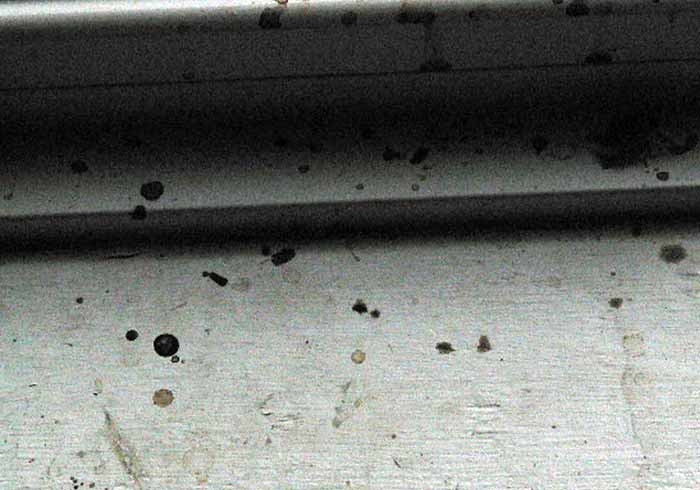
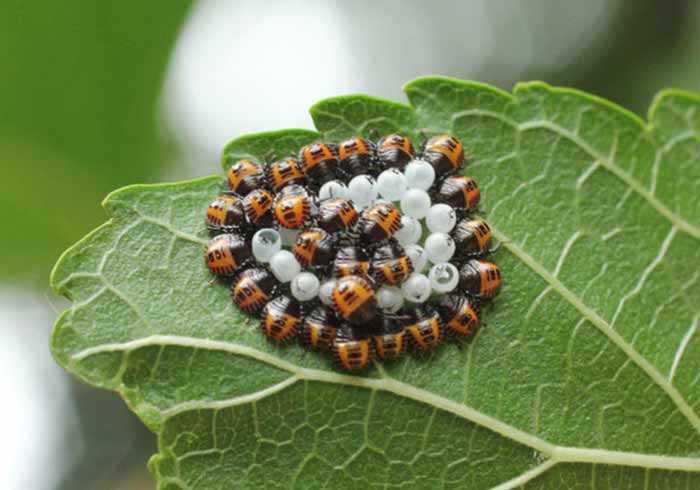
There are slight differences in the anatomy of different type off stink bugs you will see. This has made some of them pests while others economically beneficial. Some of the pests include: (Field Guide to Stink Bugs of Agricultural Importance in the United States):
- Brown Marmorated Stink Bug
- Southern Green Stink Bug
- Harlequin Bug
- Rice Stink Bug.
- Forest Bug
While economically beneficial species include (not exhaustive):
- Anchor Bug: known to prey on the Mexican Bean Beetle
- Two-spotted Stink Bug: preys on the larvae of the Colorado beetle
- Spinded Soldier Bug: preys on arthropods and caterpillar
Color Black/ Red stink bugs
As mentioned earlier, the most common colors you will encounter in stink bugs are brown and green.
However, these colors are amenable to the stage of growth and development of a stink bug. For instance, the green stink bugs when adults, are green.
However, when they are hatched, they are initially black. With successive molting, the black slowly turns into green.
The same applies to marmorated stink bugs that are brown when adults but yellow or red when they are nymphs. The two are the commonest stink bugs you will see around and in your house.
However there are other rare ones that are red with some strikes of another color. Some may confuse the red with some orange tinge:
- Rice stink bug, Oebalus pugnax (F.)
- Redshouldered stink bug, Thyanta custator accerra McAtee
- Thyanta custator custator (F.)
- Redbanded stink bug, Piezodorus guildinii (Westwood)
Black may be striped, spotted or banded in:
- Brown marmorated stink bug, Halyomorpha halys (Stål)
- Thyanta custator custator (F.)
- Harlequin bug, Murgantia histrionica (Hahn)
- Painted bug (bagrada bug), Bagrada hilaris (Burmeister)
Colors of stink bugs offers you a better shot at distinguishing them. Take keen note of the colors on the antennae and the wings making out a clear observation of the front and the rear wings.
Take a look at the base of the wings too. Remember that the front wings are thinner than the hind wings and different shades of the same color may be evident in both.
On the head and pronotum, you may notice some intriguing colors of blue or that of copper.
In nymphs, there is a yellow-red coloration on the abdomen during the first instar and an acquisition of white and red spots during the fifth instar.
Size (Large, Giant Small)
What is their actual size?
The sizes of stink bugs may vary from species to species. However, they are not too far apart in difference. Adult stink bugs are about 17 mm or in inches, 0.66 long.
They are considered to be approximately as wide as they are long. They are therefore not distinguished from each other based on their sizes but primarily their colors and other secondary features.
The nymphs are obviously smaller but will grow up in size after each molt. Molting refers to the process by which the nymphs shed their skins as they grow.
During this process, the exoskeleton softens up and is shed so as to create room for growth in size. Before they can become adults, they need to go through instars, casually, the immature stages of growth.
The size may range from 2.4 mm to 12 mm in length. They eggs are also elliptical as the nymphs and about 1.5 by 1.4 mm in area. Due to their small sizes, their congregation of 20-30 eggs provides them with some visibility.
There are five nymphal instars (immature stages). They range in size from the first instar at 2.4 mm to the fifth instar that is 12 mm in length.
What will determine the size?
The size of stink bugs is determined by:
- The stage of growth
- The species of stink bug
- Availability of food during immature stages of growth
Bugs that look like stink bugs-Look alike with Images
There are a number of similarities between stink bugs of different species. However, it is interesting to note that there are other bugs that bear some significant resemblance to stink bugs.
These bugs are not stink bugs but are just their look-alikes. Some of the similarities that you will notice include the following:
Stiped antennae
Bugs are mostly striped on their antennaes. In fact, they may have five stripes of two colors such as black and white on the antennae hence resembling the pentatomidae features of the stink bug family.
Cornered body
The four mentioned bugs are not smooth in their shapes. They are triangularly shaped.
Spotted, stripped or banded body parts:
They have some colored strips either around their necks, between the head and the thorax, are spotten on the abdomen or thorax and may also be striped.
Spray
The Clown Beetle, in the South-western United States is known for its ability to spray a chemical that is oily and foul smelling on its prey just as does stink bugs.
However, the chemical in the Clown Beetle is known as ‘quinone’ (Ehrlich Pest Control).
The insects that look like stink bugs include:
- Leaffooted Bug(Leptoglossus phyllopus).
- Boxelder Bug(Boisea trivittata).
- Western Conifer-Seed Bug(Leptoglossus occidentalis).
- Squash Bug(Anasa tristis)
- The clown Beetle
Below are photos of these similar bugs
Further Reading
- Facts About Stink Bugs: Types, Where they come from and Frequently Asked Questions(FAQs)
- What Do Stink Bugs Smell Like & Why
- What do Stink Bugs Eat-How long can they Stay without Food
- Do Stink Bugs Bite? Are they harmful/Poisonous to Pets & Humans?
- Stink Bug Life Cycle
- How to Get Rid of Stink Bugs-Kill, Repel & Deter Tips
- Stink Bug Traps-Homemade DIY,How to Make & Reviews
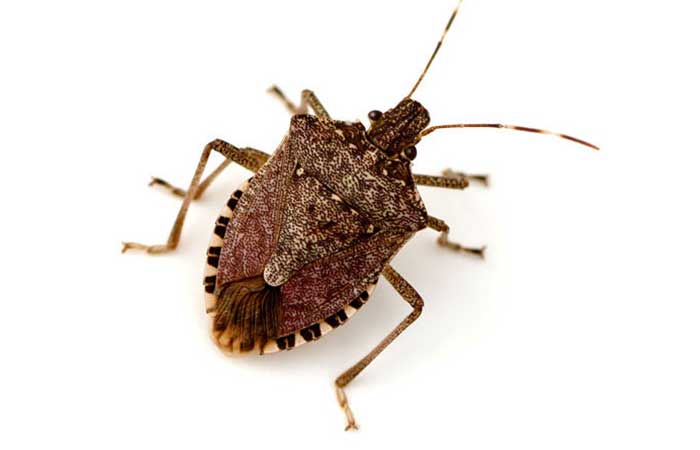
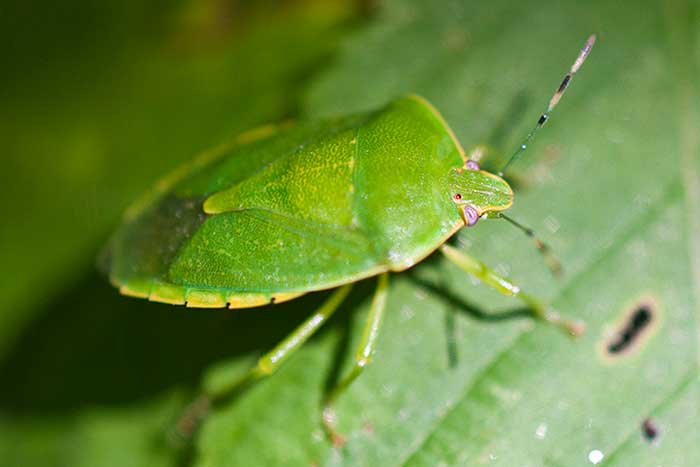
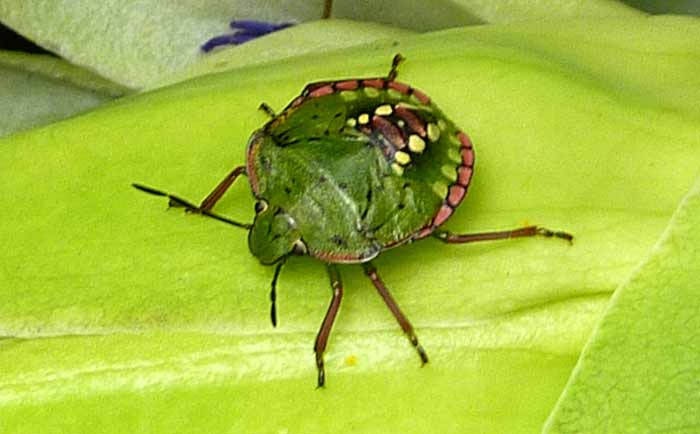
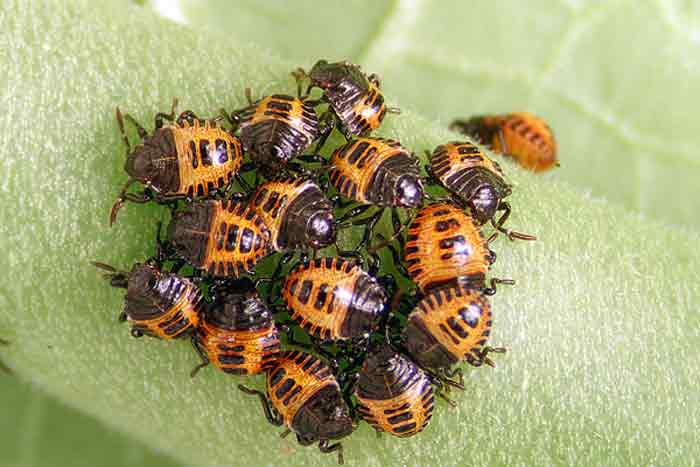

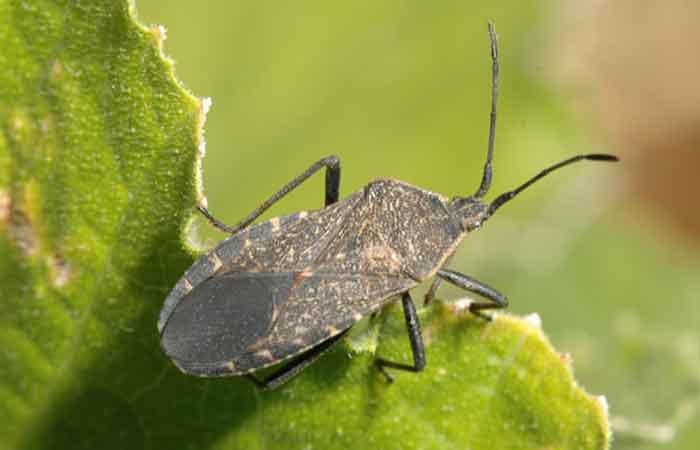
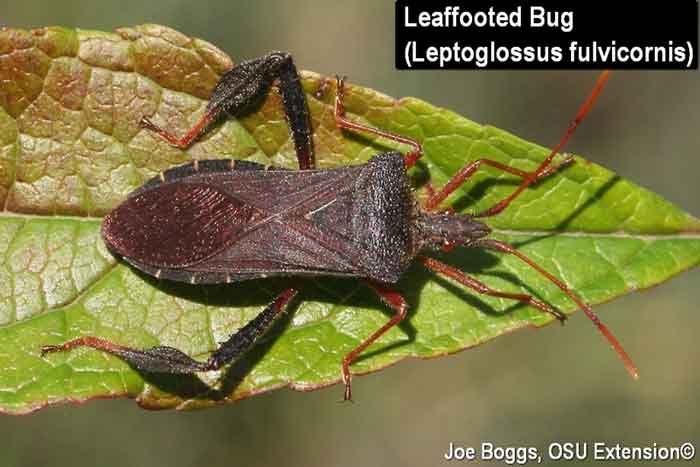
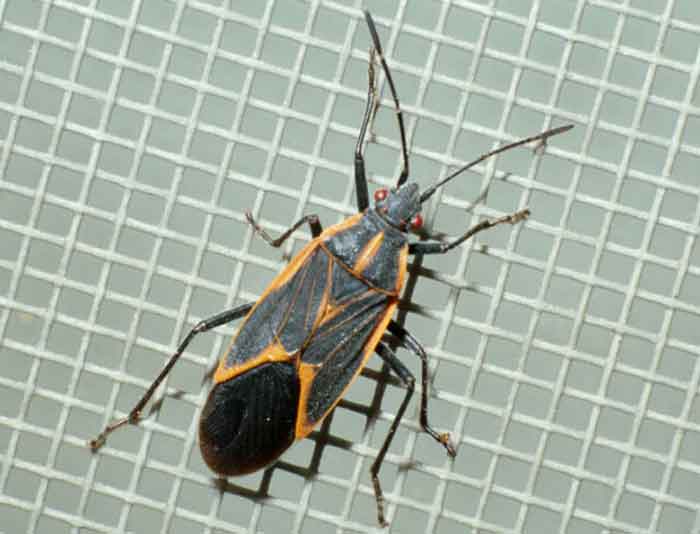
Thank you for showing the look-alikes! I saw a leaffooted bug and thought it was a giant stink bug. Appreciate your help identifying!